
From the stunning curtain of blooms in springtime to the joyful wave of welcome butterflies that come with nearby pollinator-friendly plants, the Blue Wisteria Tree is a living statement piece that...

Whether you’re planting a willow as a memorial to a loved one, creating a pollinator sanctuary, or restoring damaged land, the willow is a noble first step.
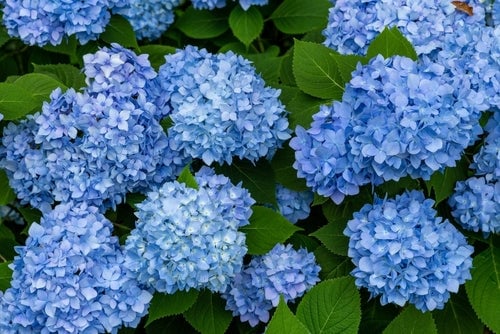
Blue flowers bring a sense of serenity and cool beauty to perennial gardens. TN Nursery offers a curated selection of native and ornamental blue-blooming perennials ideal for every light and soil c...
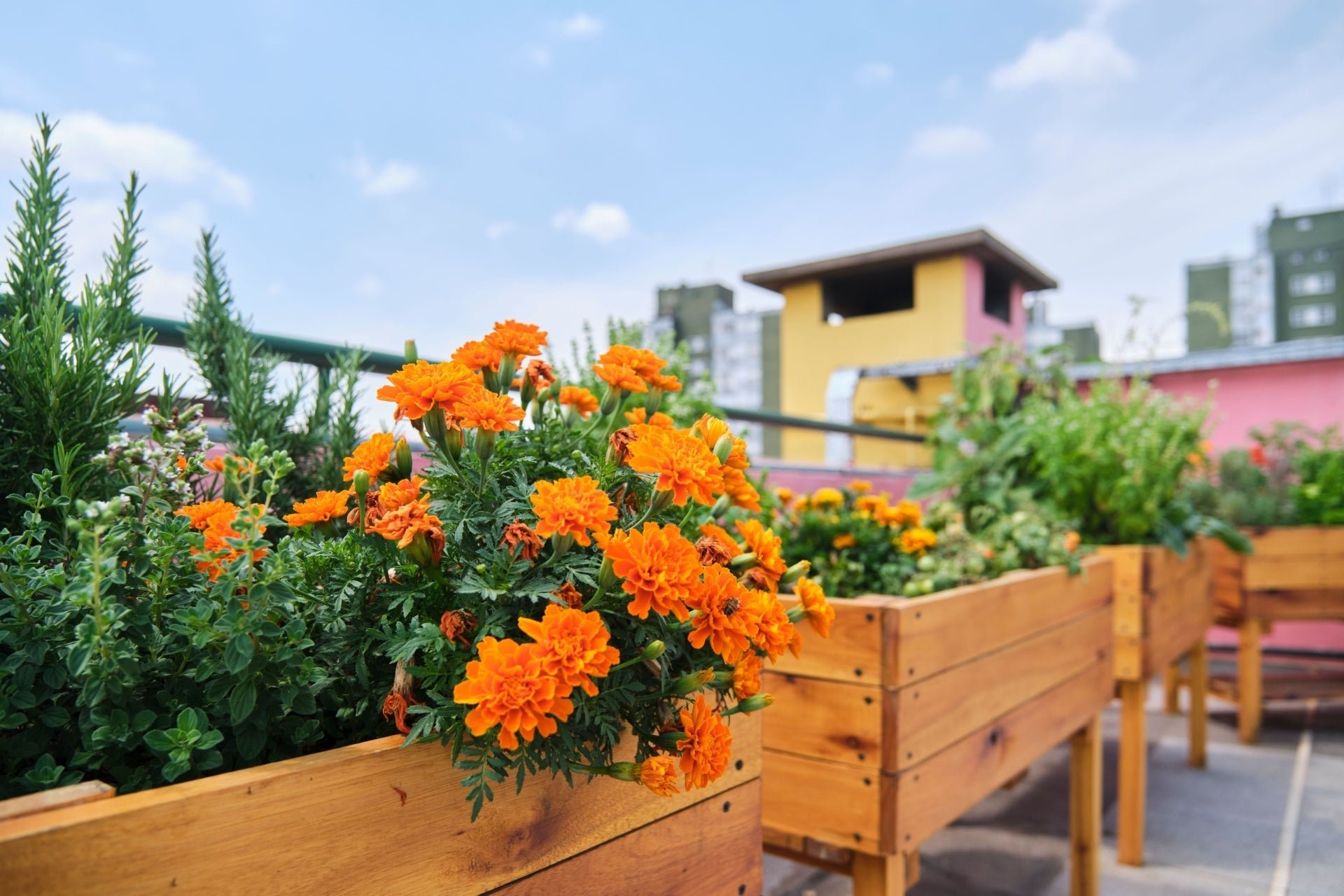
Native Orange Flowers are a salute to the power of pigment and a celebration of ecological gardening. These beauties are here to stay—they thrive in our climate, nourish our native pollinators, and...

A moon garden turns warm summer nights into a serene showplace by combining pale, fragrant, or night-blooming plants and silvery foliage that glow in July’s Buck Moon, enhanced with subtle lighting...
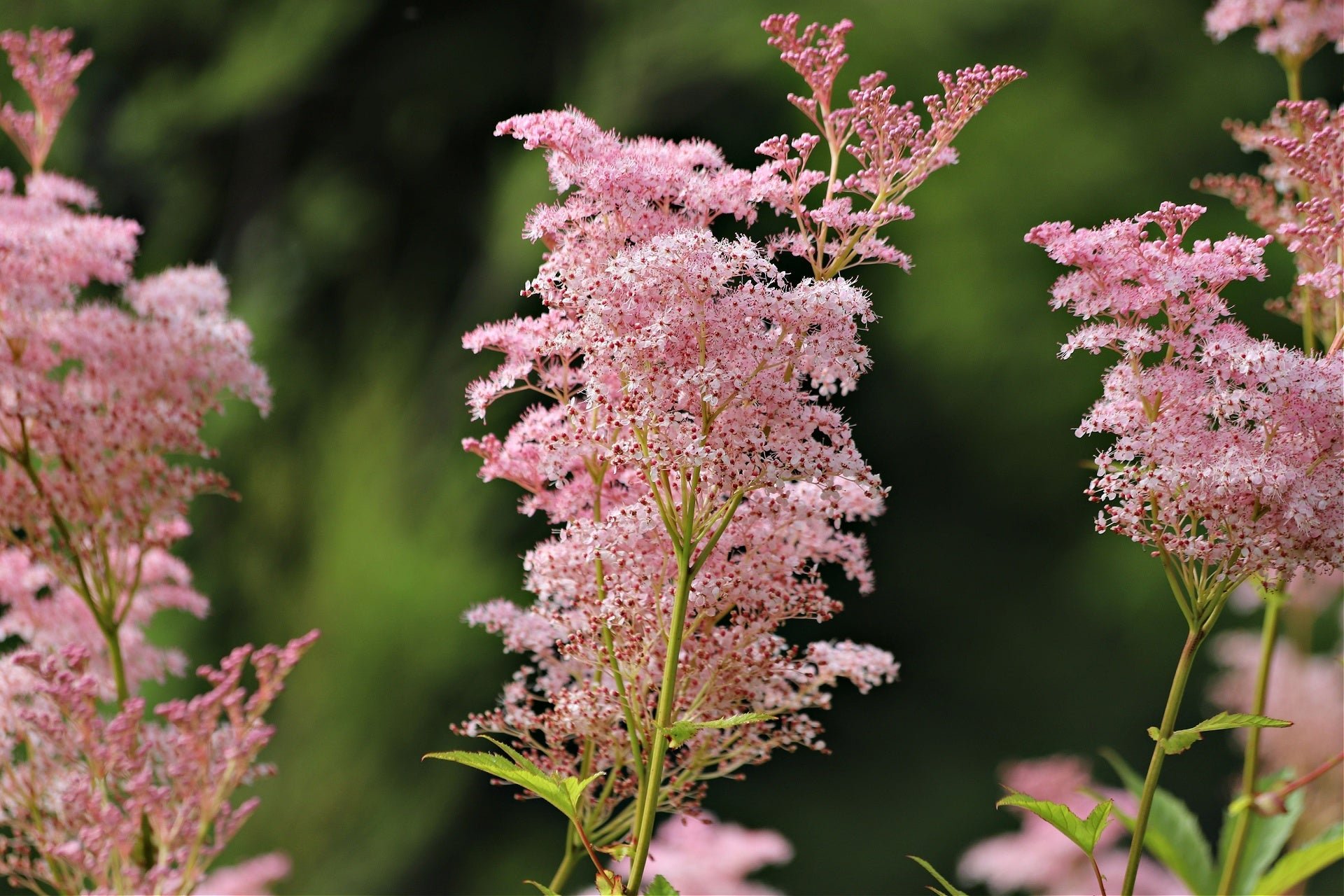
Compare hand-watering, sprinkler systems, and drip irrigation, outlining when each works best and stressing that consistency and deep, root-level watering matter more than the gadget you choose.
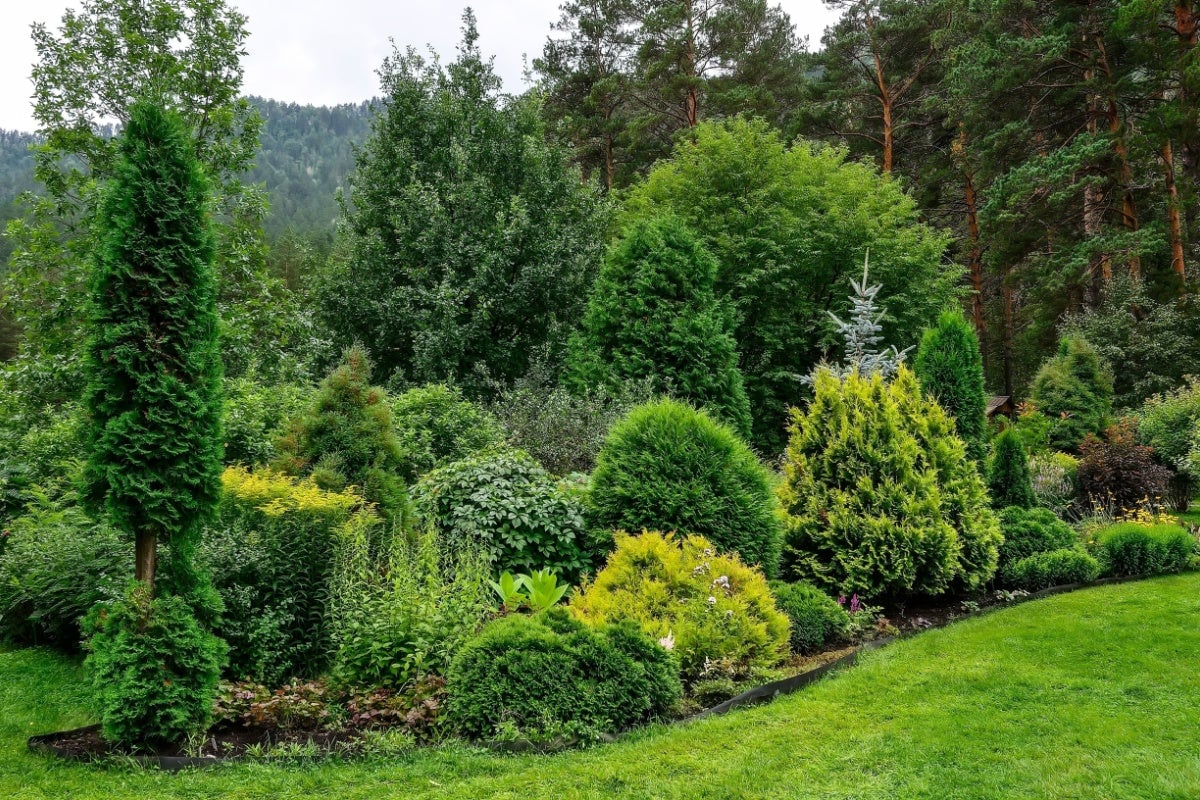
The piece celebrates the intricate ecological web of Appalachia by spotlighting six native plants—Virginia Creeper, Goldenseal, Dutchman’s Breeches, Running Cedar, Witch Hazel, and Carolina Allspic...

Red flowers do more than make a garden pop. They give it energy and heart. There’s something primal and powerful about crimson, scarlet, and ruby blooms. They call hummingbirds, catch the eye of pa...
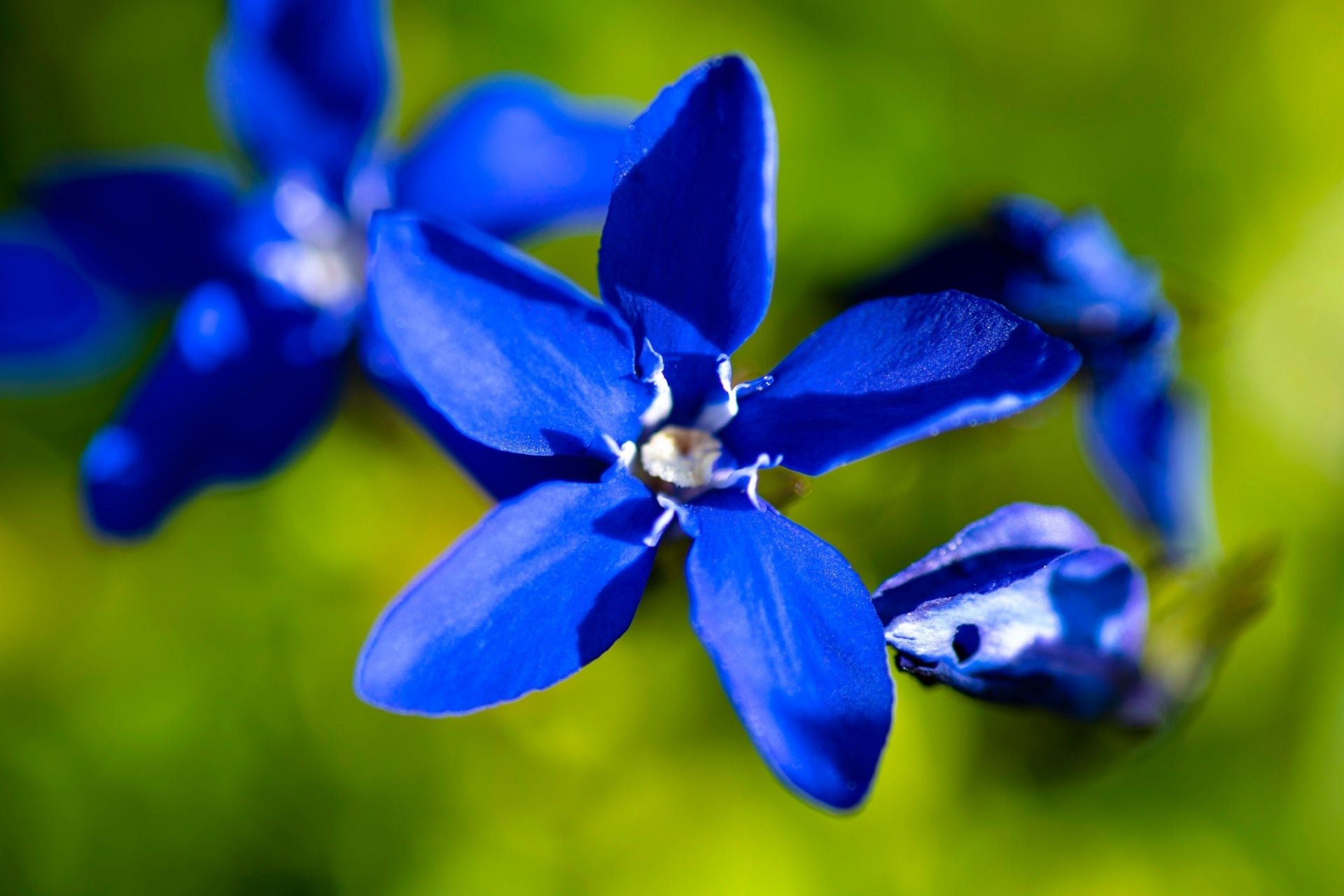
Blue is so much more than a color. It’s hope. It’s a promise of food. It’s a much-needed gulp of air on a hot day. And it’s just a shovel down.
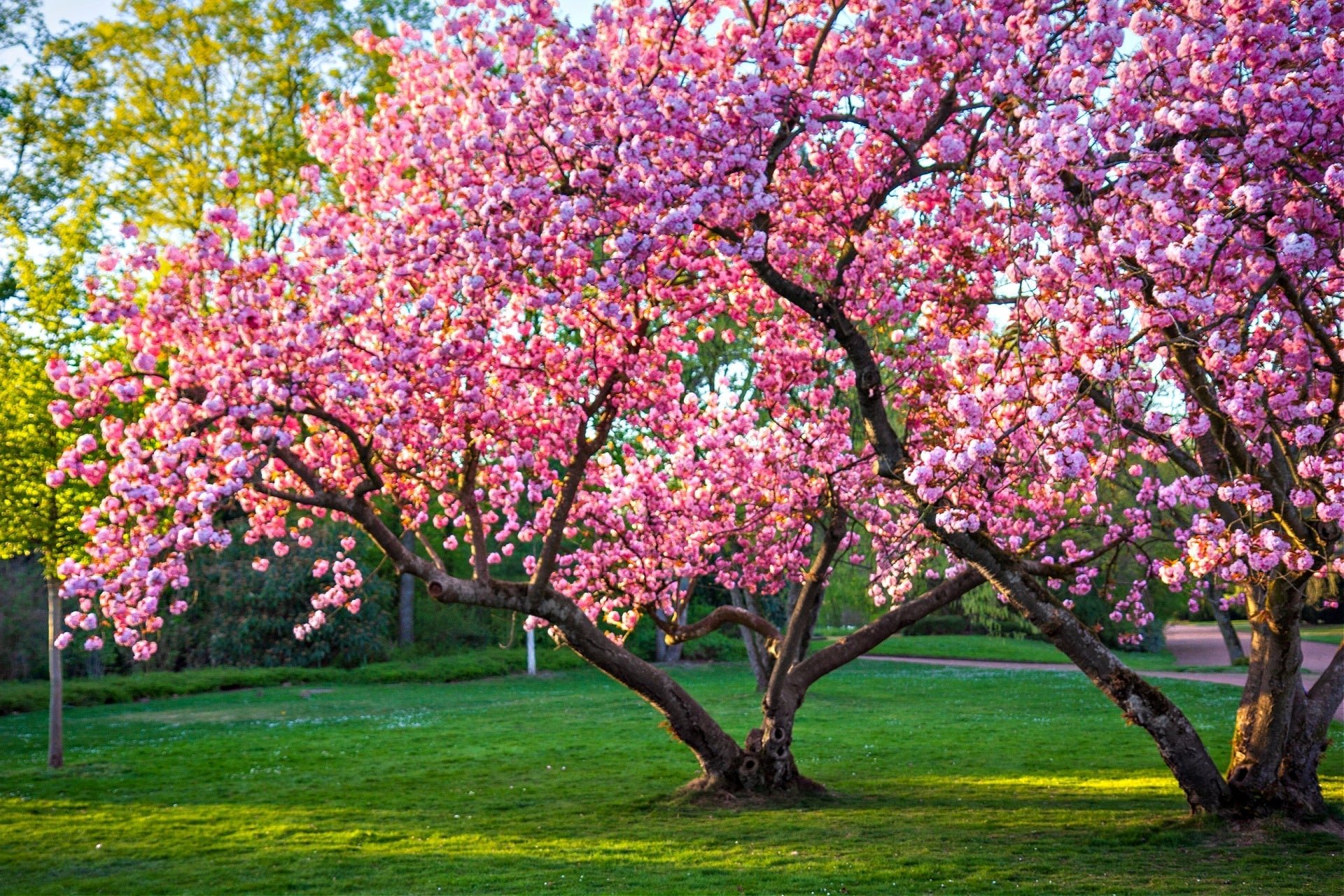
Pink trees are magical. Planting a blooming tree in your yard is an invitation to spring. But if you also plant native trees that bloom with pink flowers, you invite wildlife and a restored environ...

White flowers are ethereal, delicate, and peaceful. Light flowers like bright stars against a sea of green foliage, glow in the moonlight, lighten up shady areas in the garden, and are a natural co...
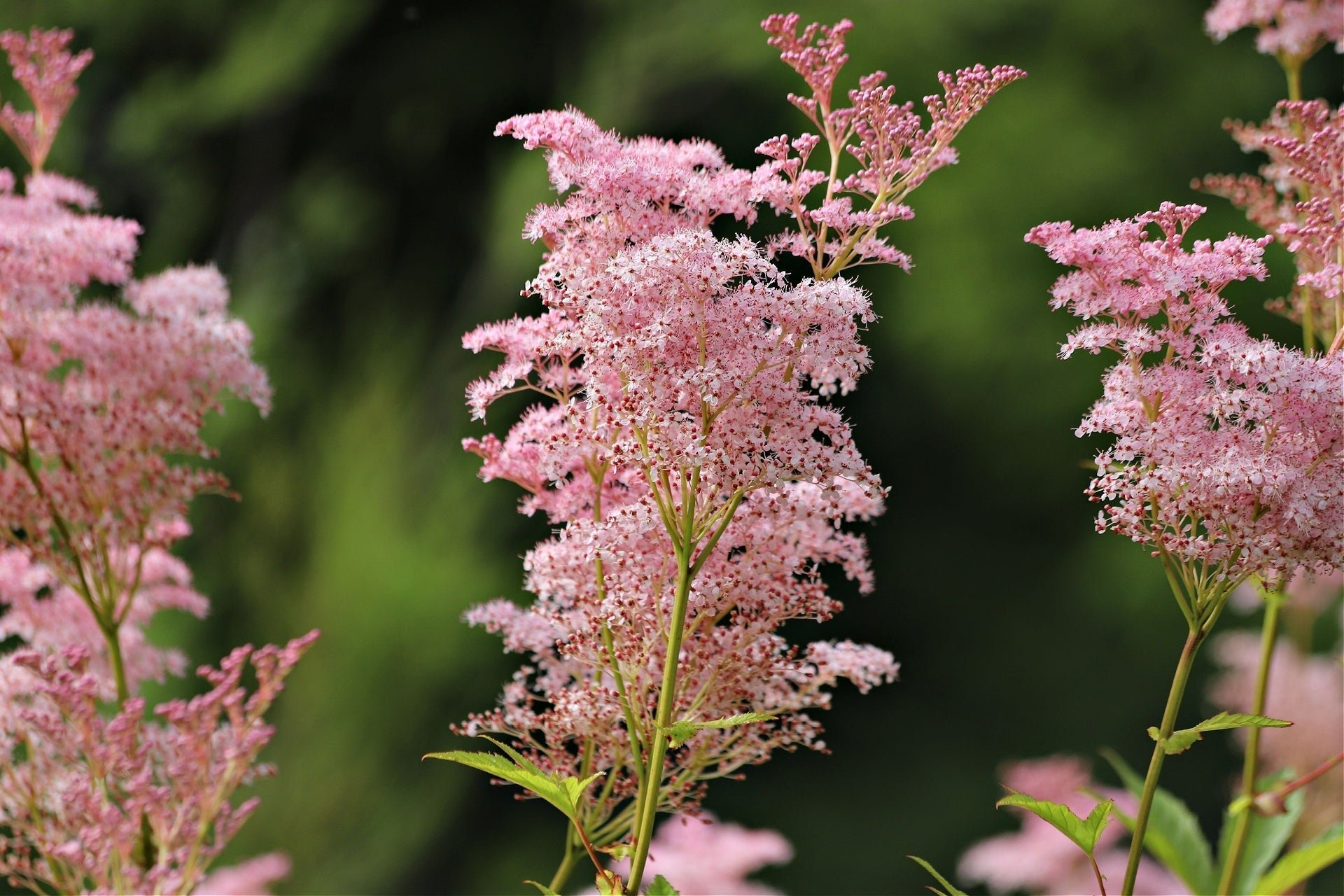
Pink native flowers bring more than beauty and color to a landscape. They represent a choice—gardening with intention, and a desire to celebrate and promote native plant biodiversity. Whether you a...

